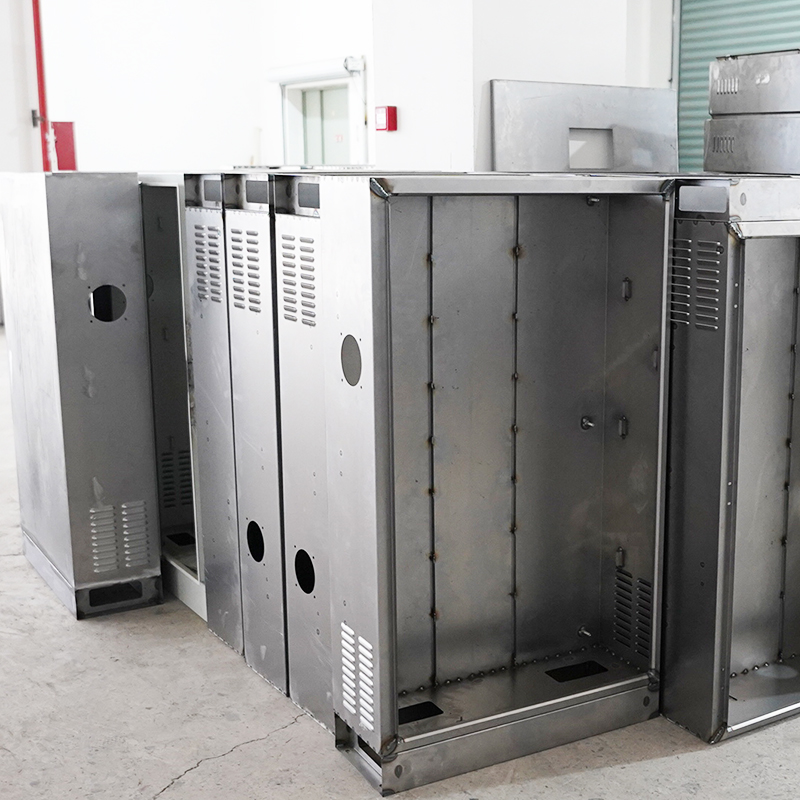
Home Products Bespoke Sheet Metal Processing Bespoke Sheet Metal Processing

Sheet Metal Processing is a crucial manufacturing technique that involves the shaping, cutting, and assembling of thin metal sheets. This process is widely used across various industries due to its versatility, cost - effectiveness, and high - precision capabilities.
Cutting is the initial step in sheet metal processing. Laser cutting, for example, uses a high - power laser beam to precisely cut the metal sheet according to the designed pattern. It offers high cutting accuracy, narrow kerf width, and can handle complex shapes. Punching is another common cutting method. A punching machine uses a die and punch to create holes or cut - out shapes in the sheet metal, which is efficient for mass - production of simple shapes.
Bending gives the sheet metal its three - dimensional form. Press brakes are typically employed in this process. By applying a controlled force, the metal sheet is bent at the desired angle along a pre - determined line. Precise bending is essential as it ensures the proper fit of components during the assembly stage.
Once the individual parts are cut and bent, they need to be joined together. Welding is a common method for this purpose. Techniques such as MIG (Metal Inert Gas) welding, TIG (Tungsten Inert Gas) welding, and spot welding are used depending on the type of metal and the requirements of the product. After welding, additional finishing operations like deburring, painting, or plating may be carried out to enhance the appearance and corrosion resistance of the final product.
· Cost - effectiveness: Sheet metal processing is cost - effective, especially for large - scale production. The relatively low cost of raw materials and the efficiency of the manufacturing process contribute to reduced production costs.
· High Precision: Modern sheet metal processing equipment can achieve high precision, meeting the strict dimensional requirements of various industries.
· Versatility: Sheet metal can be processed into a wide variety of shapes and sizes, making it suitable for applications in different fields, from small electronic components to large - scale industrial equipment.
Sheet metal processing finds applications in numerous industries. In the automotive industry, it is used to manufacture car bodies, engine parts, and interior components. The aerospace industry relies on sheet metal components for aircraft fuselages, wings, and engine casings due to the high strength - to - weight ratio of sheet metal materials. In the electronics industry, sheet metal is used for enclosures of electronic devices, providing protection and electromagnetic shielding. Additionally, sheet metal components are widely used in construction, household appliances, and many other fields.
In conclusion, sheet metal processing plays a vital role in modern manufacturing, enabling the production of high - quality components with diverse applications. Its continuous technological advancements are driving innovation and efficiency improvements in various industries.